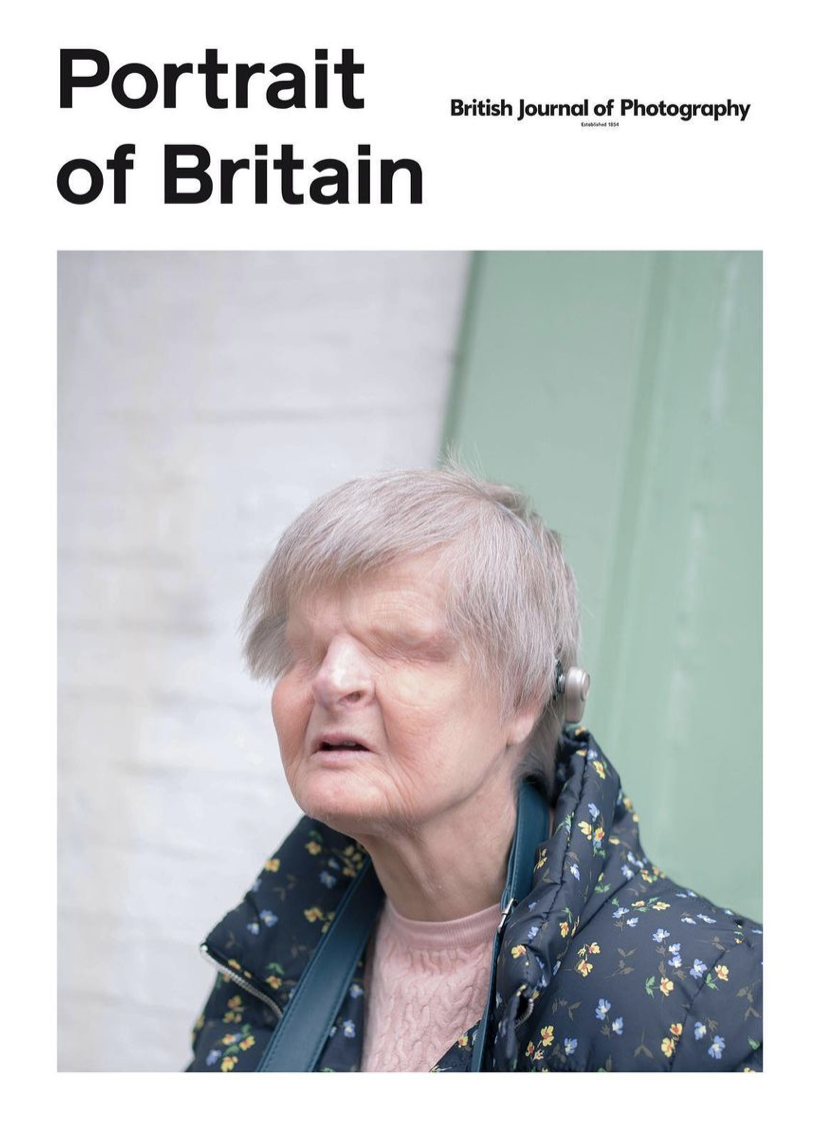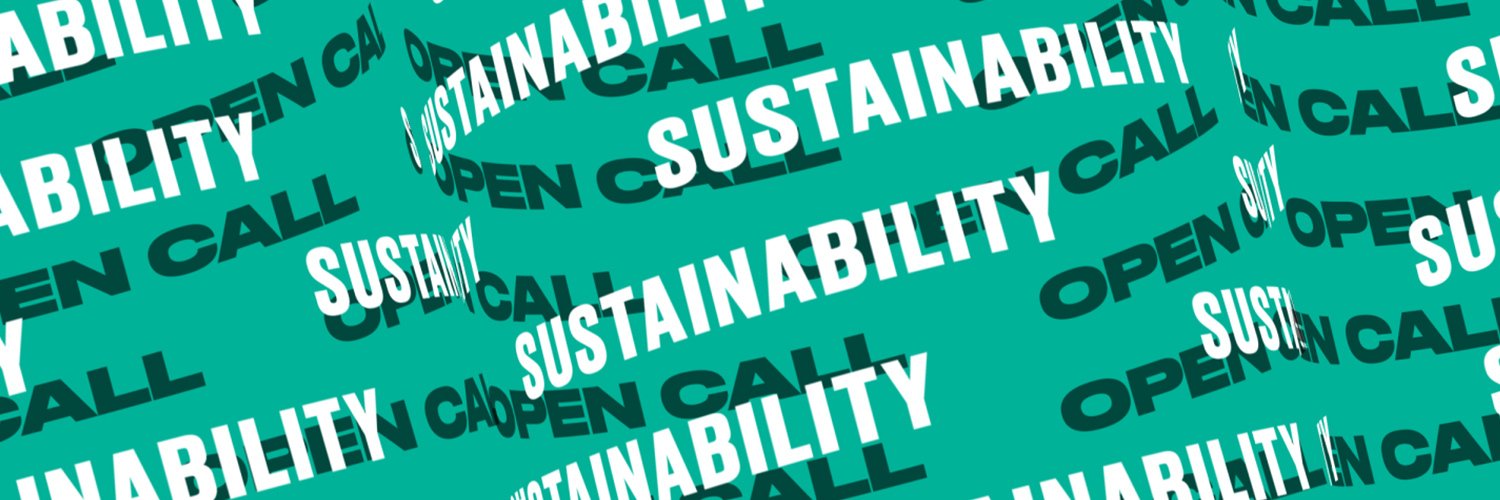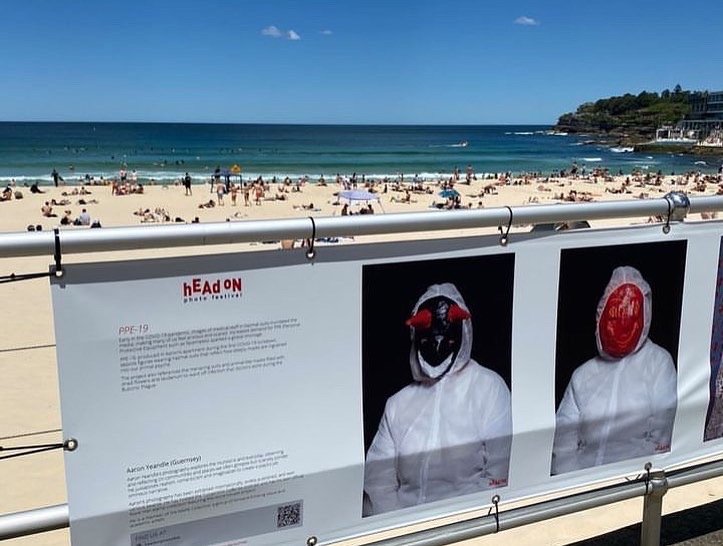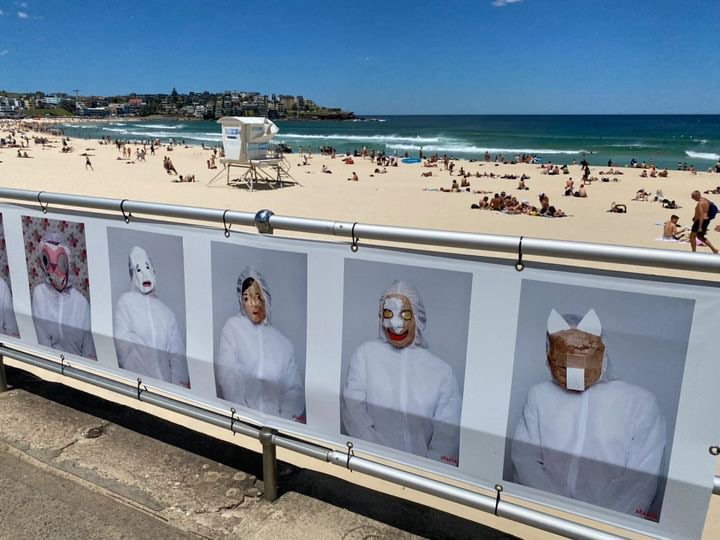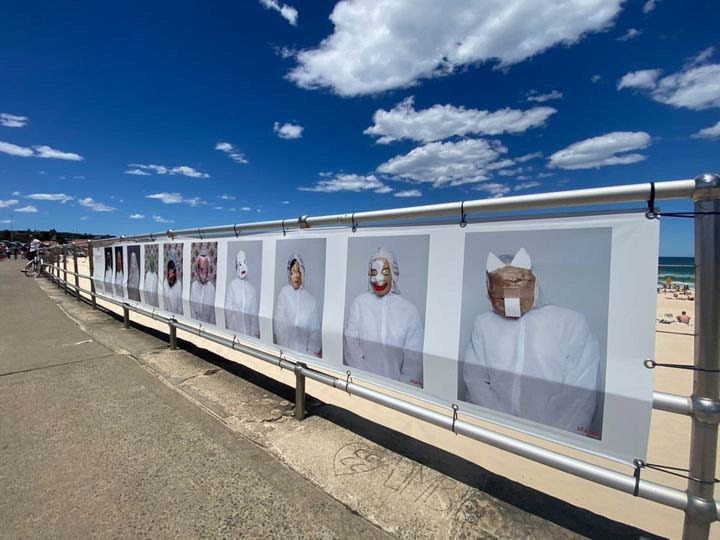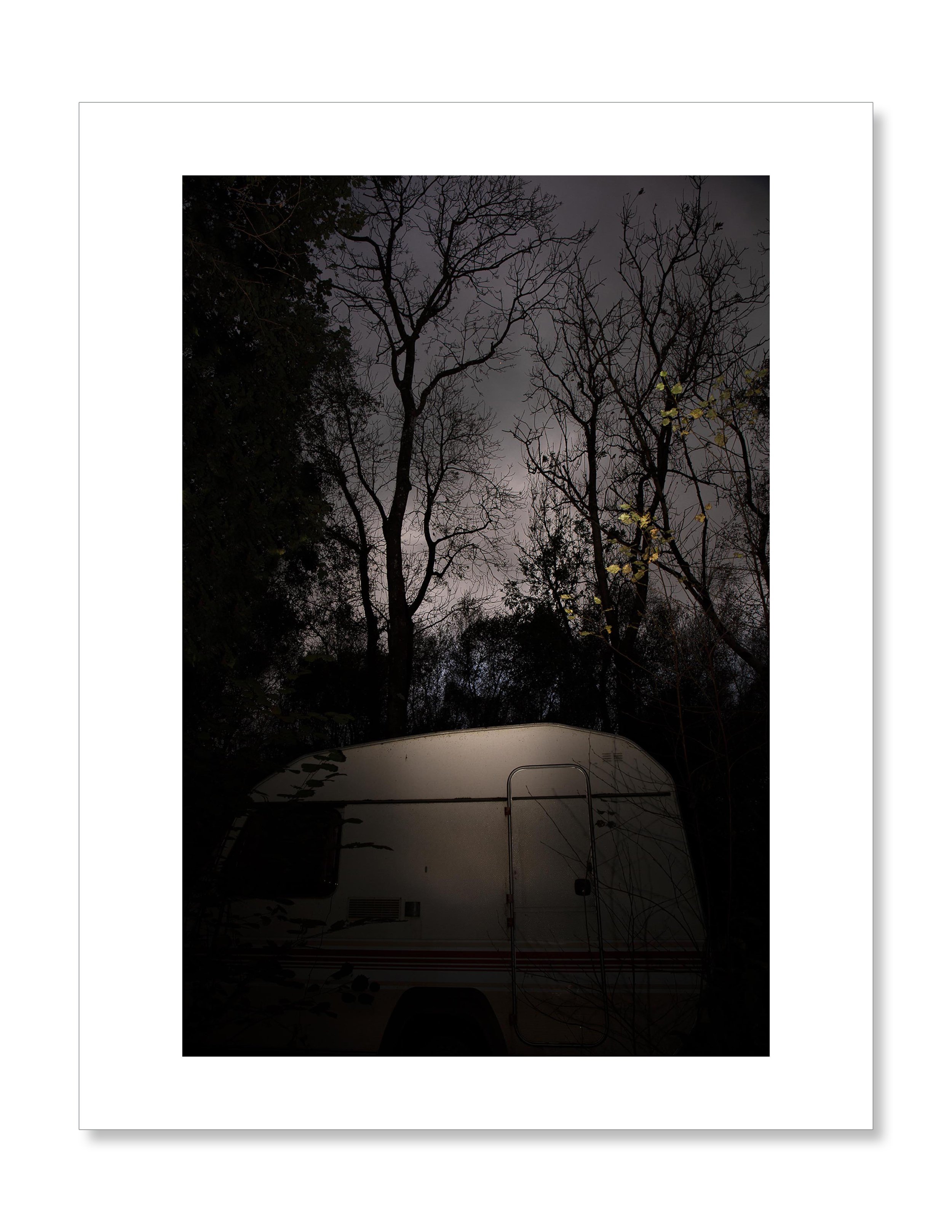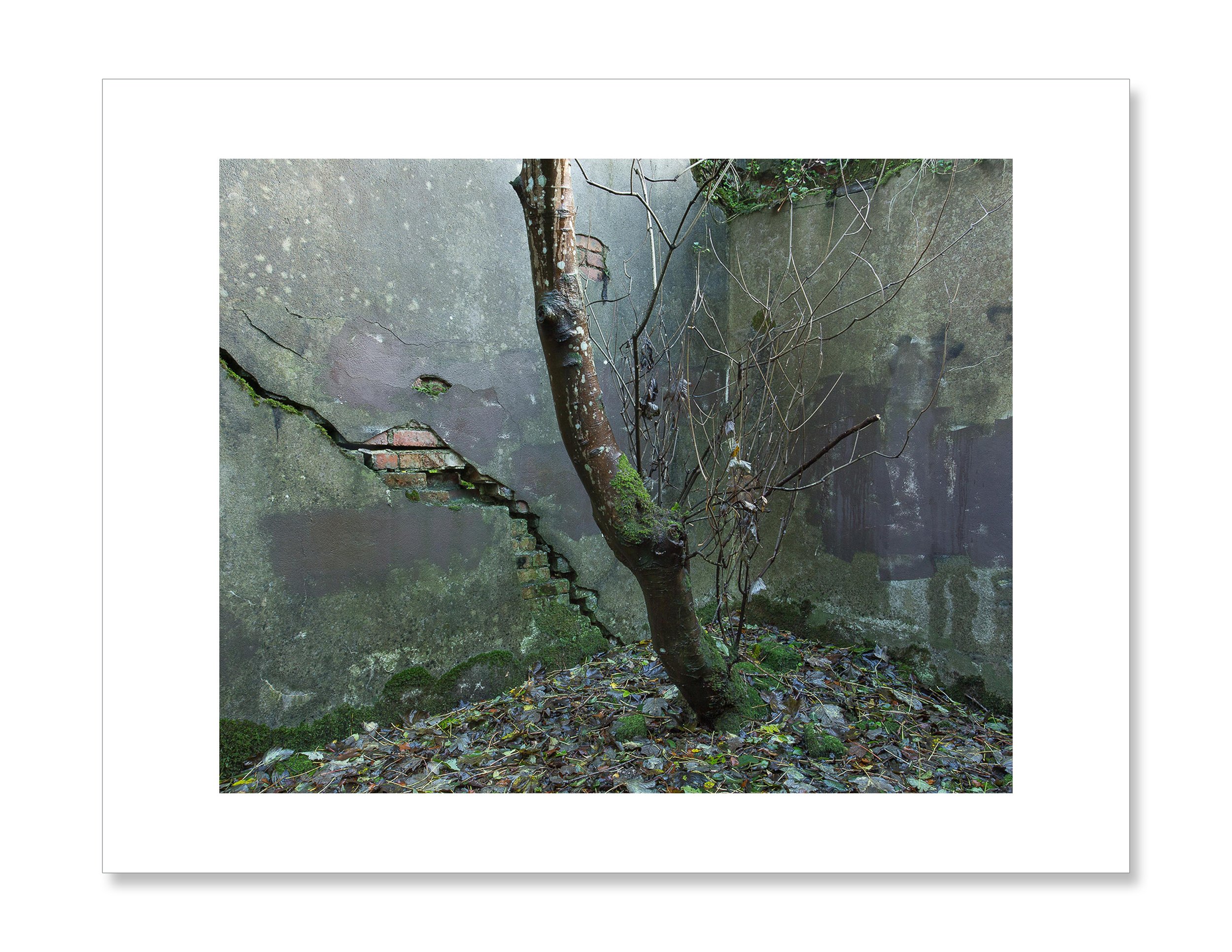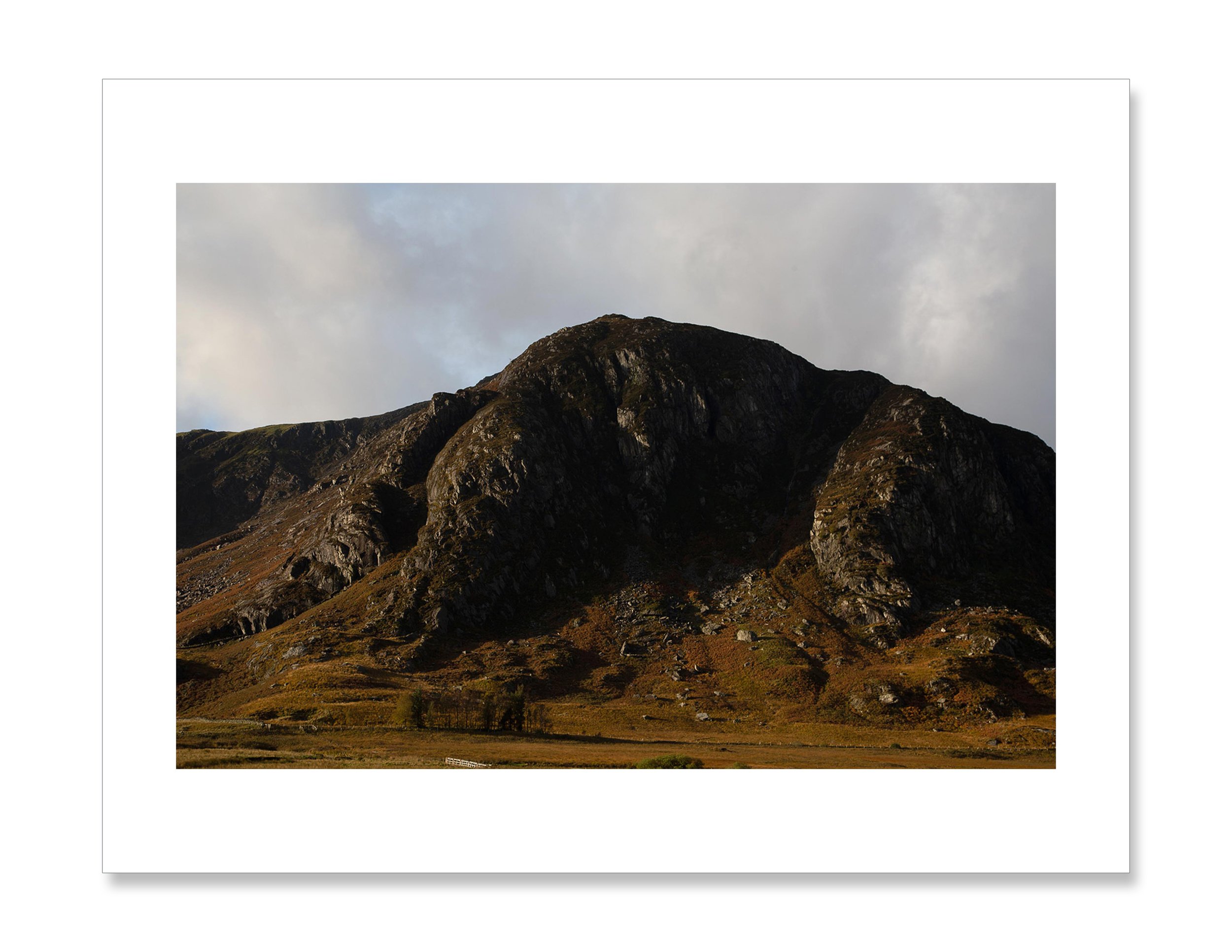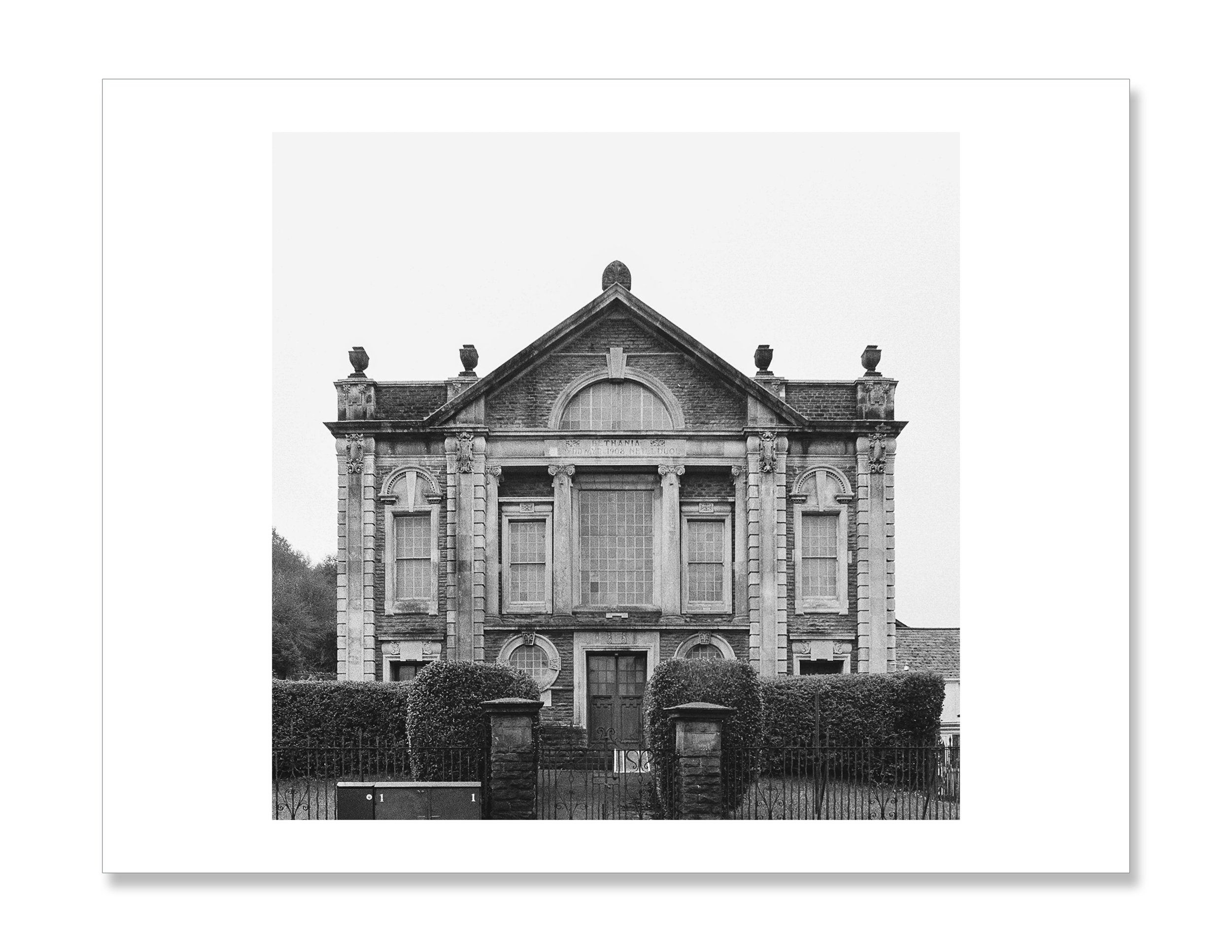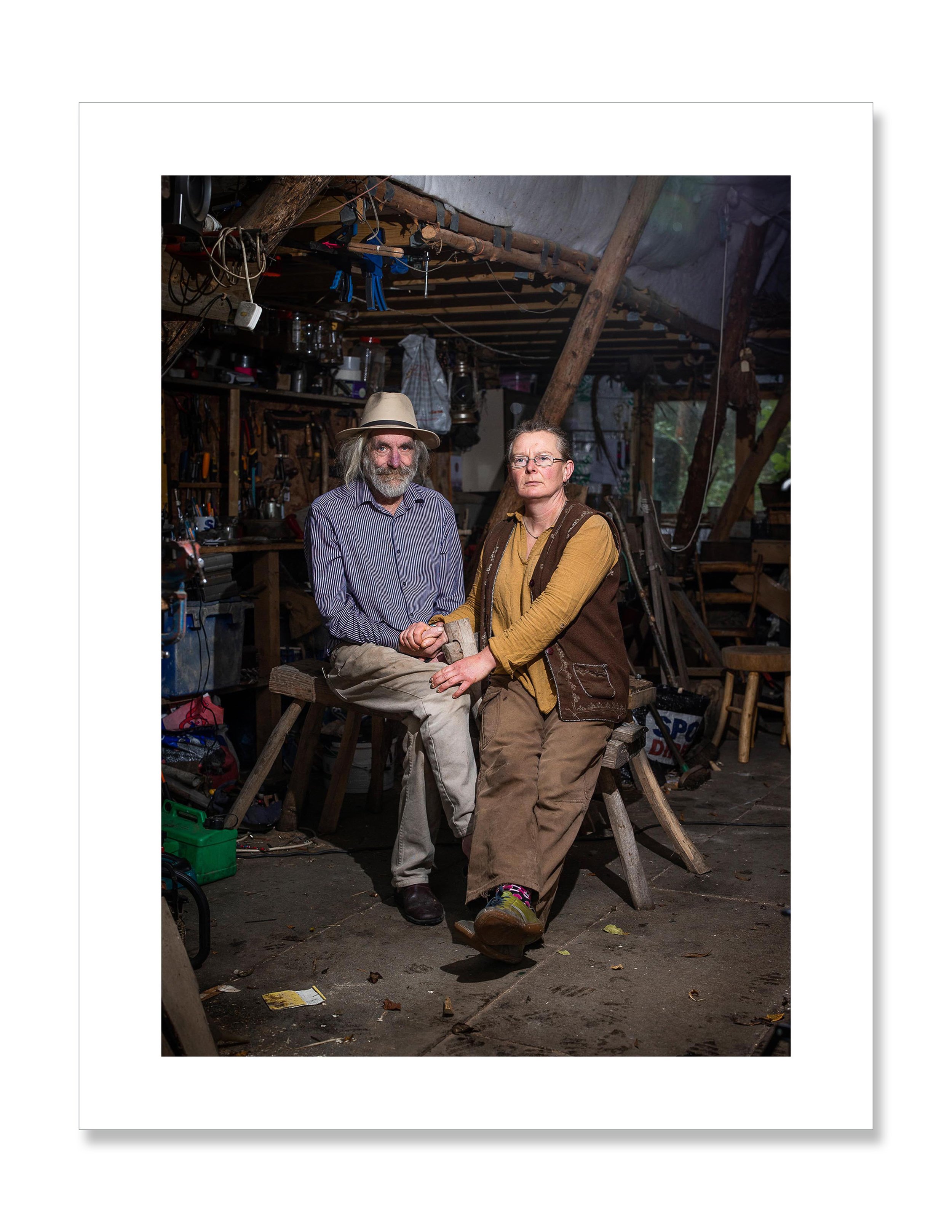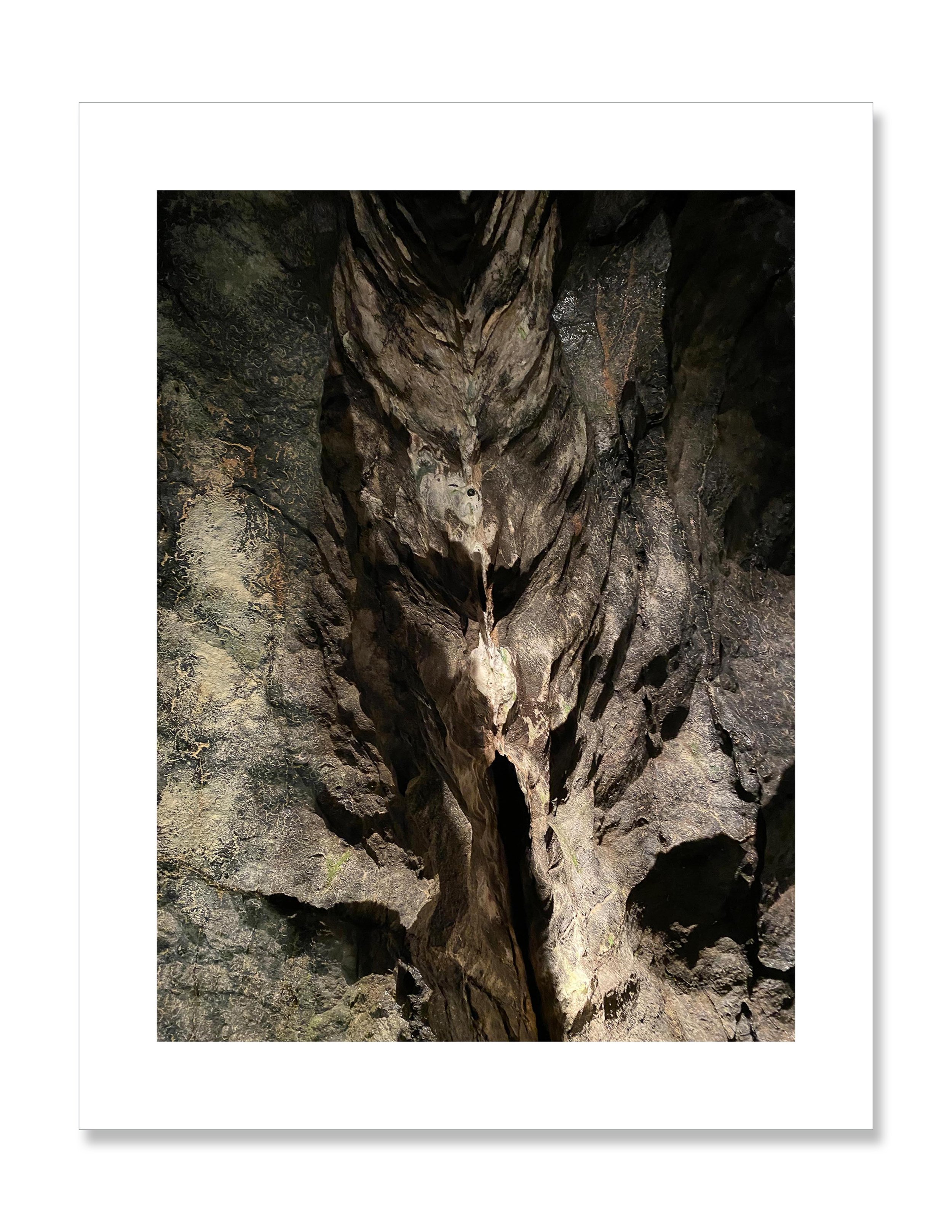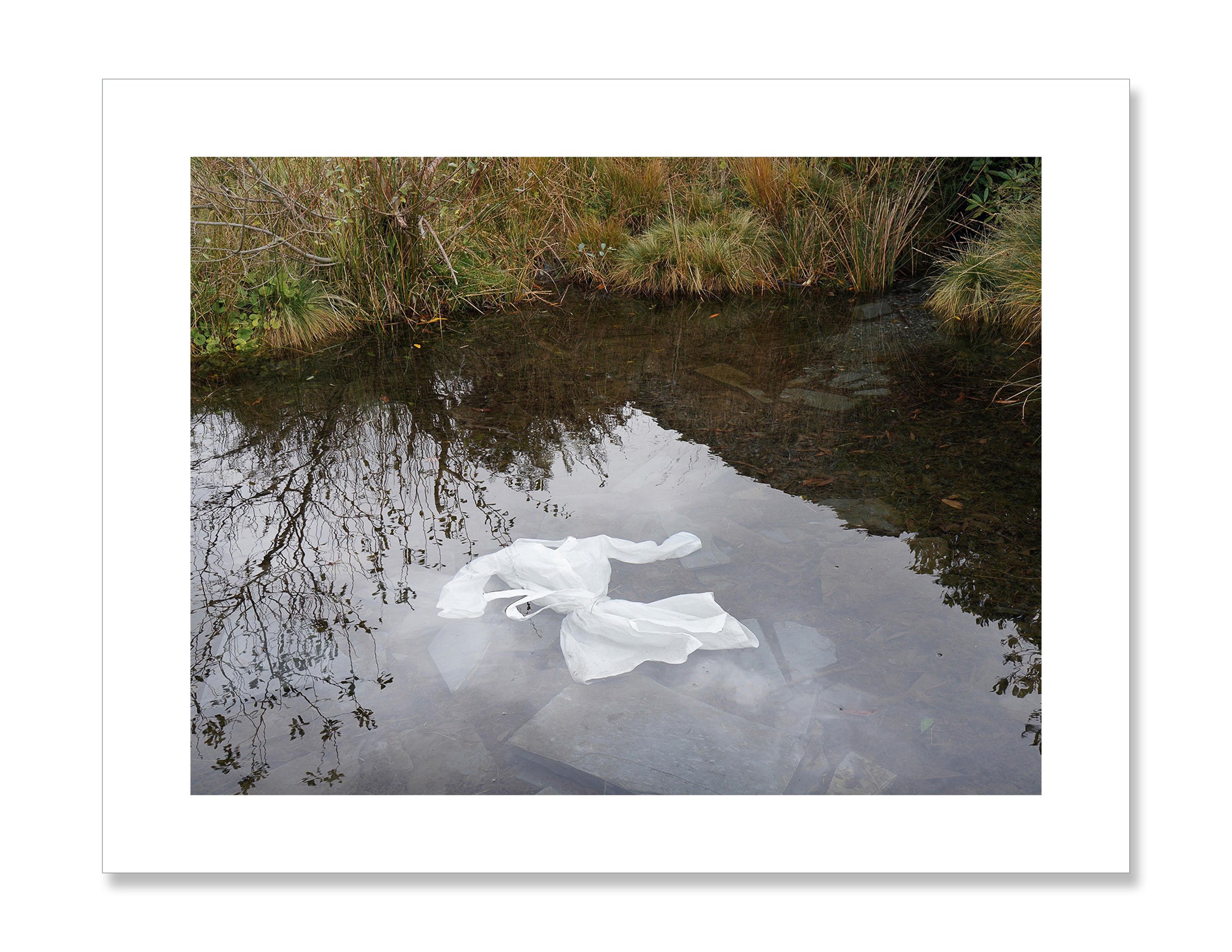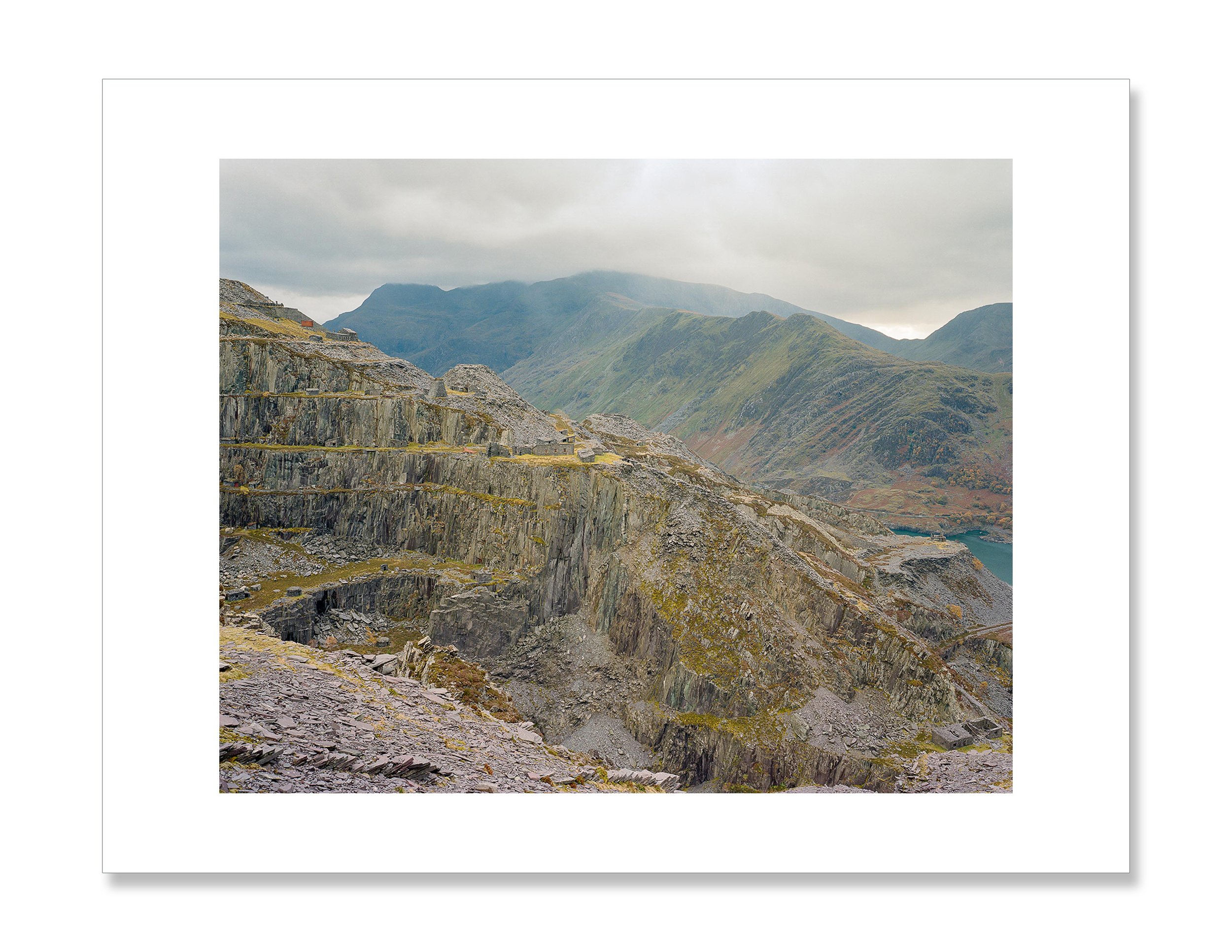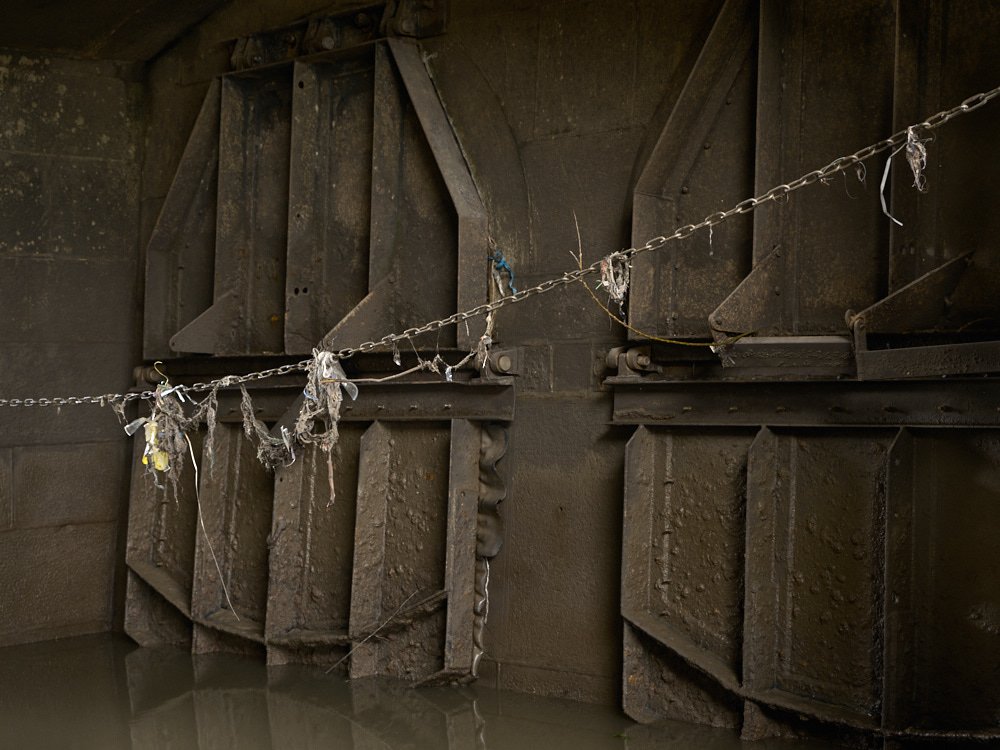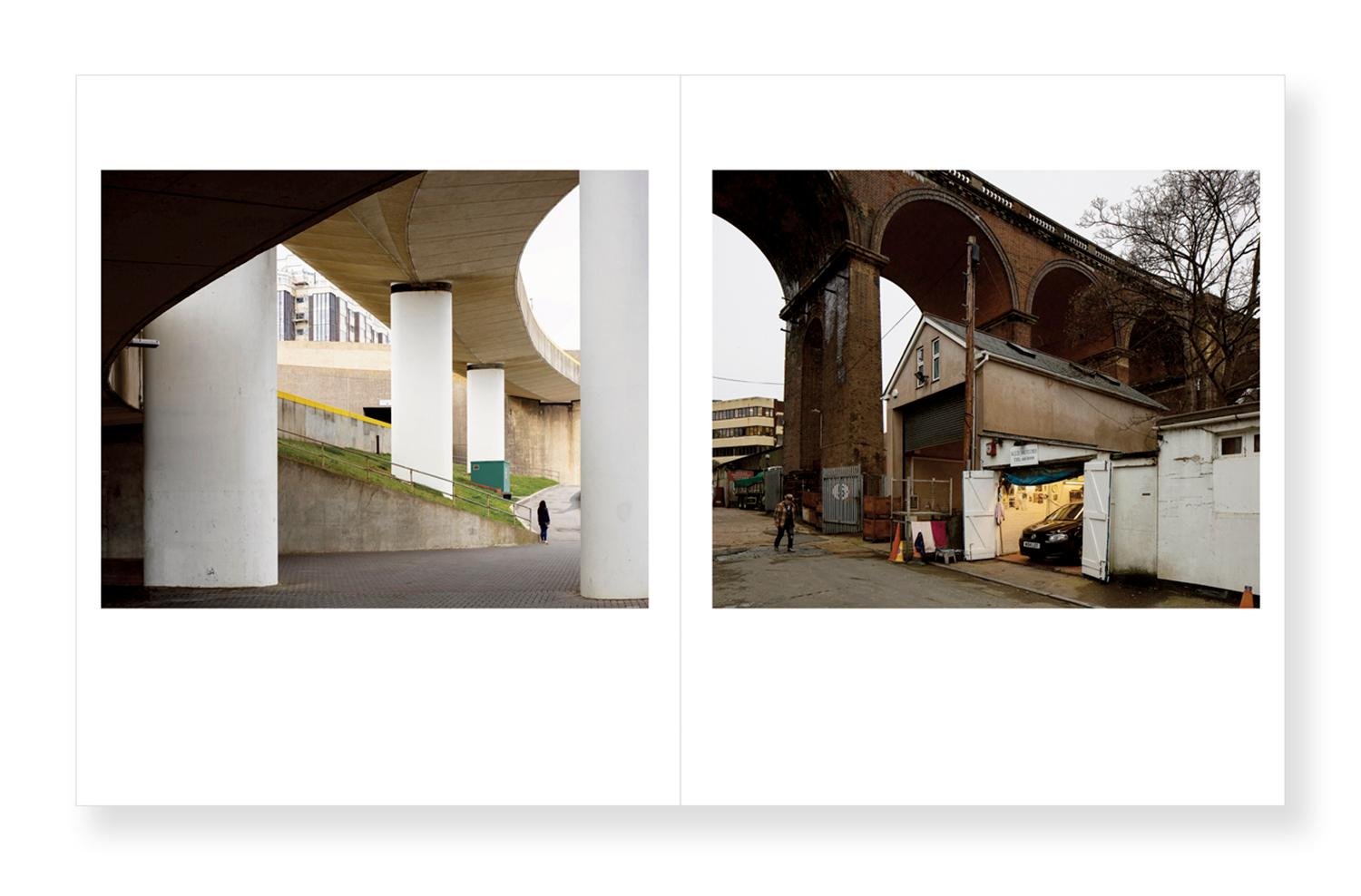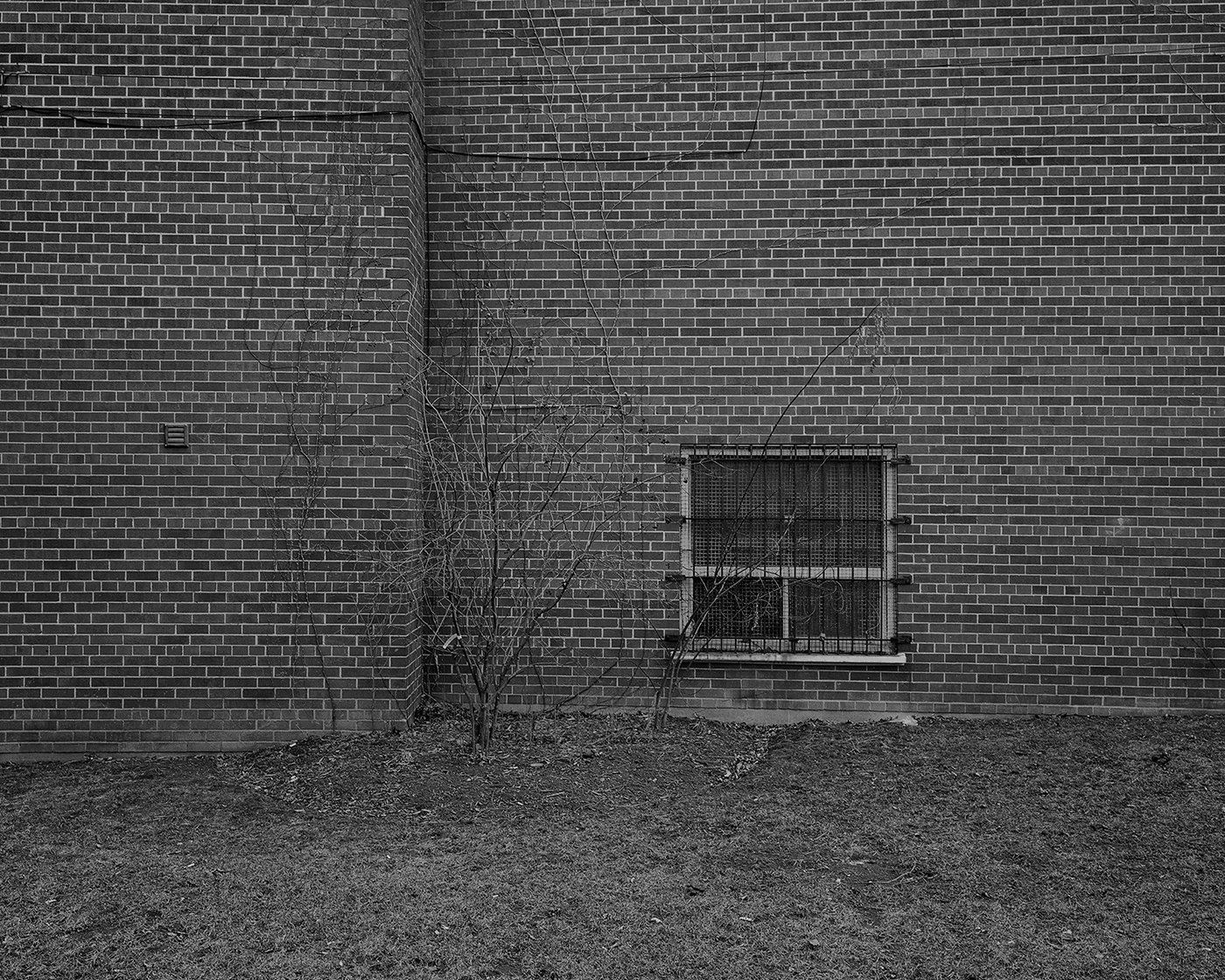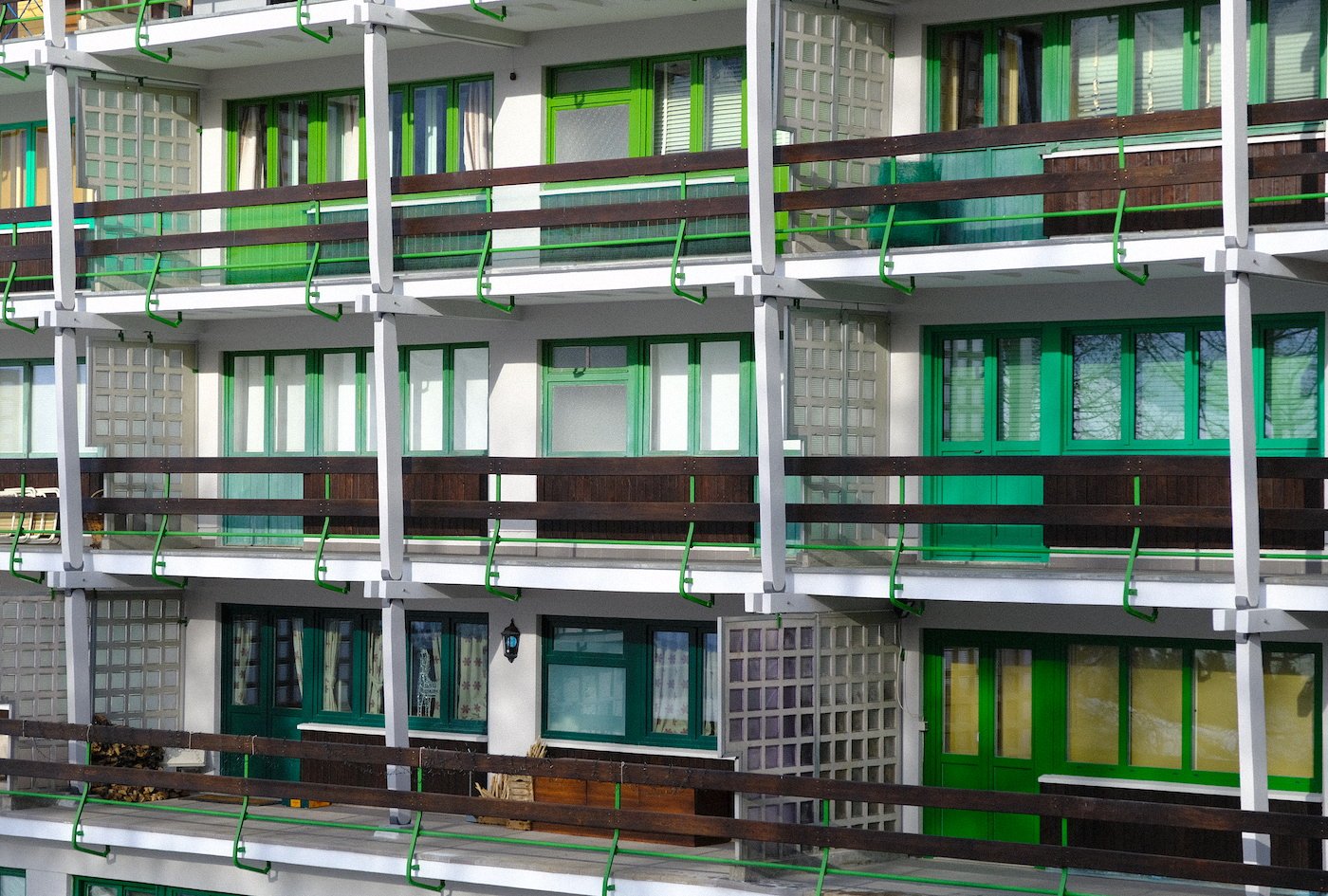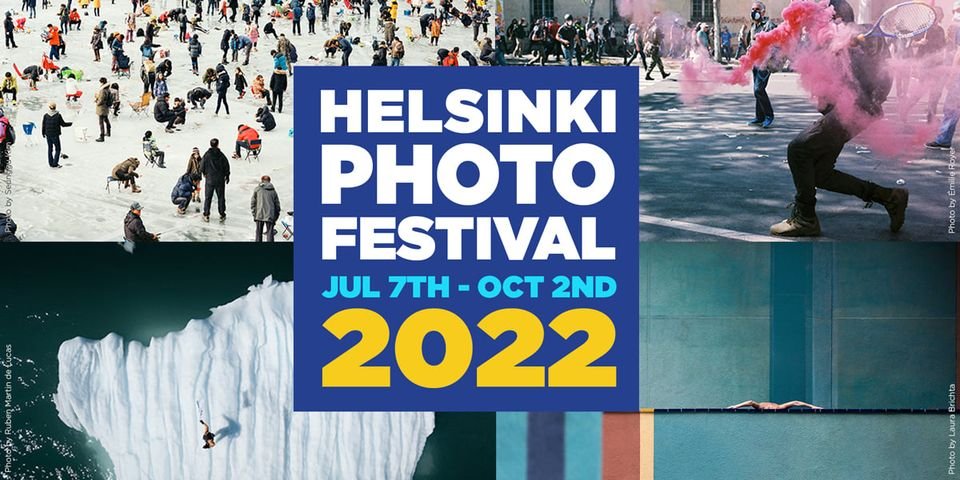MAP6 photographer Aaron Yeandle is selected as a Portrait of Humanity winner!
Now in its fifth edition, the Portrait of Humanity award by 1854 and the British Journal of Photography returns once more to celebrate that which unites us in a time of division.
With the importance of our shared sense of humanity seemingly never more crucial than now. The fifth edition of the British Journal of Photography, Portrait of Humanity, features 200 portraits from international photographers, selected from thousands of entries. Provides a window into the lives of their subjects and celebrates the shared humanity that connects us all. This is the backdrop for the fifth edition of Portrait of Humanity, with photographers capturing the faces of this changing world. Volume 5 brings together portraits from artists from around the world, published in a book by Hoxton Mini Press and The British Journal of Photography.
The portrait and the PPE-19 project were produced in the early stages of the COVID-19 outbreak. At this time images of medical staff in hazmat suits inundated the media, making many of us feel anxious and frightened. This situation sparked a global Personal Protective Equipment mask shortage, due to a need by health services and people outside of the medical profession. Humans have been wearing masks for a millennium, they are truly ingrained in our primal psyche and are deeply rooted in folklore and our contemporary culture. During the Bubonic plague epidemic that swept through Europe. Plague Doctors who treated the infected wore Personal Protective Equipment to protect them from infections. This menacing suit typically consisted of animal-like masks. The PPE-19 project delves into the past and the present of PPE, from bubonic plague costumes to modern-day hazmat masks. The portrait was produced in the limitations of my apartment during the pandemic lockdown.
You can find out more about the Portrait of Humanity here























